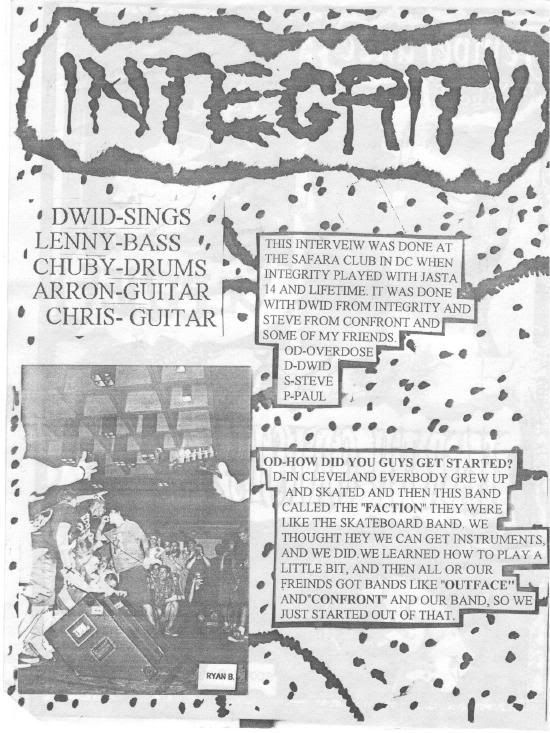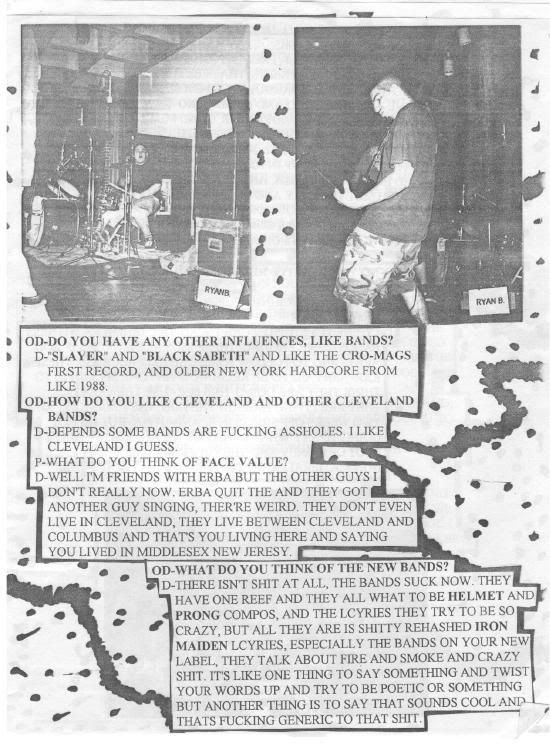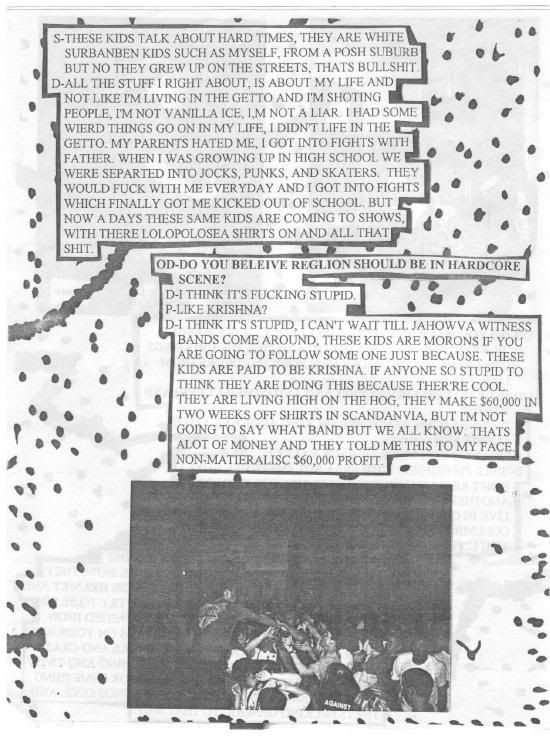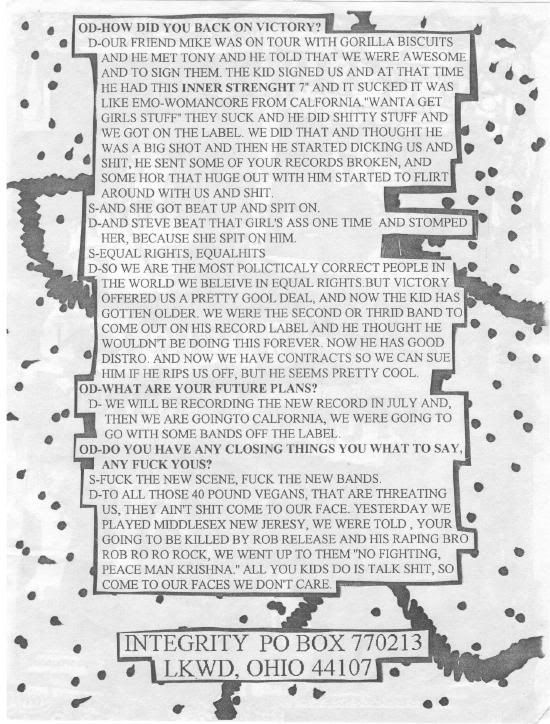Justice: Oh How We Laughed Video
Here's the Justice music video I filmed, edited and directed for school. I'm not really 100% satisfied as the color correction is a total failure and there are a lot of shots that I couldn't use because you could see either the Black Pro-mist or the donut reflect. But I'm more satisfied about this thing than I am about all the other school related stuff I have made the last two years. Let me know what you think.















